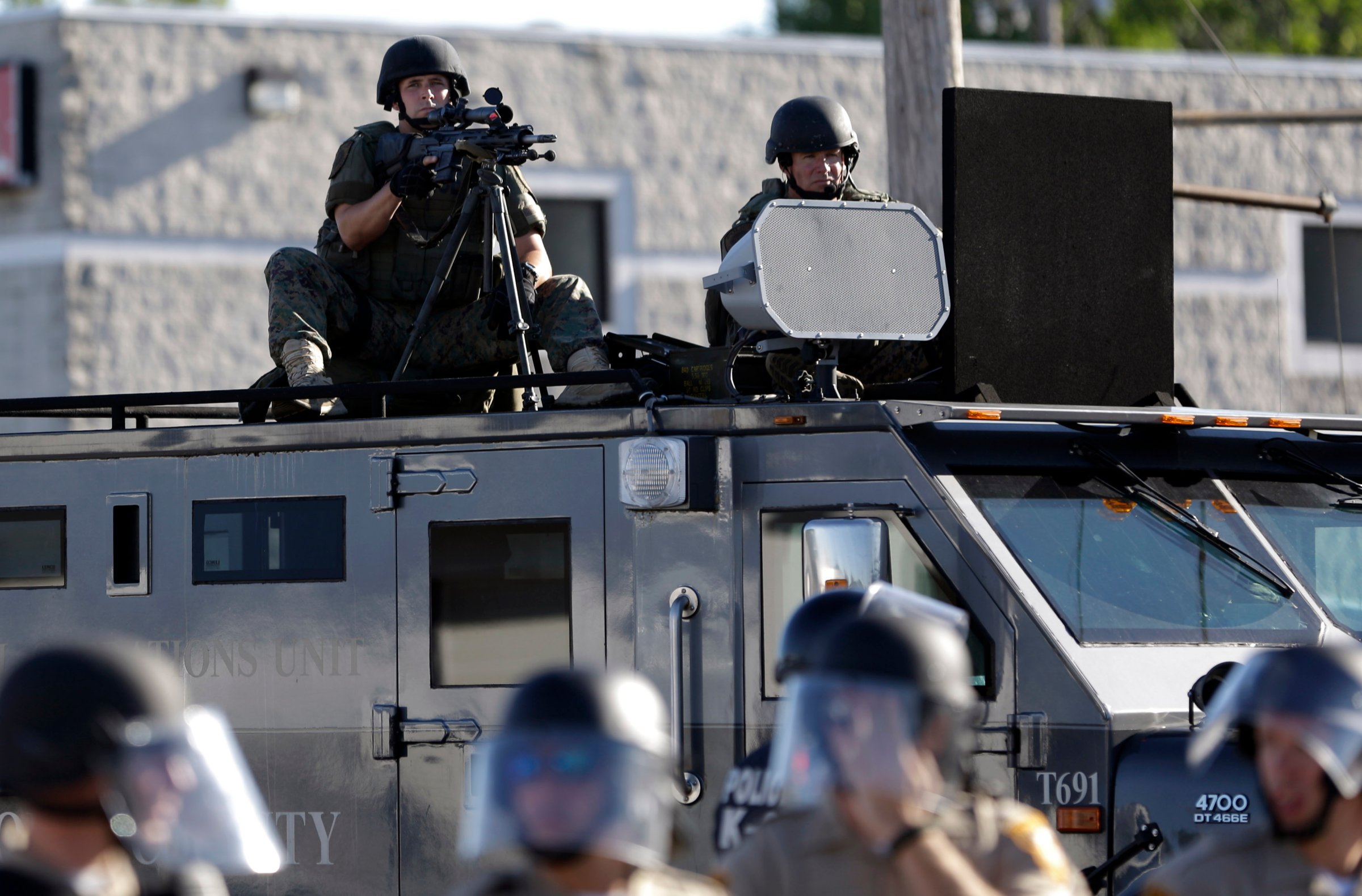
Kerik is a former Commissioner of the New York Police Department and a signatory to the Right on Crime Statement of Principles.
Before the order was even released, much hand-wringing over the Trump White House’s reversal of the previous Administration’s restrictions on the 1033 program began in earnest. The program is designed to transfer obsolete military equipment from the Department of Defense to federal, state and local law enforcement. In reality, the limitations did very little and included such things as bayonets and tracked armored vehicles — items not particularly high on the wish list of a law enforcement agency.
Opposing the militarization of civilian law enforcement is well established across all political spectrums. But it is not universal. Policing is a very local issue, and is best left as such. Resources are often scarce, and decisions on policing are often made based on those financial realities. In instances where the needs of public safety exceed the ability of the local jurisdiction to appropriate, federal assistance is a valued and appreciated resource.
The federal government is not using the 1033 program to force law enforcement agencies to take military-grade weapons and equipment. They are not showing up at the doorstep of your local sheriff’s office and dropping off tanks and assault rifles unsolicited. All of the equipment transfers are at the request of the local agency. And it is here that the accountability for the storage, display and use of the equipment belongs. If there is a singular place to look to for responsibility when it comes to police militarization, it absolutely is at the local level.
As far as federal programs go, 1033 is one of the least intrusive. Participation is completely voluntary. Much of the equipment is germane to the role of local law enforcement, and it relieves the financial burden of acquisition on resource-limited agencies to a certain extent by using taxpayer-funded equipment in a repurposed role once it is no longer of value to the military. Federal distribution oversight problems are extremely concerning, but are only tangential to the local policing issue.
Transparency in and oversight of the acquisition of military equipment belongs at the level of the jurisdiction employing it. Whether at the state, county or local municipality, the voters can hold elected officials accountable for the policing done in their respective jurisdictions, and those elected officials need to be a part of the policing process. Militarization should not be considered some spontaneous mutation of the police agency, but a process that has been allowed, encouraged or ignored by the governing bodies in those jurisdictions.
Very few jurisdictions could independently afford the cost of some of the equipment the 1033 program provides them with, such as MRAPs. These Mine Resistant Ambush Protected vehicles are armored troop carriers with a distinct military appearance, and are both awesome and intimidating. They are used to protect our troops from roadside explosions and small arms fire in combat situations. Responding to terrorist events in San Bernardino and the Pulse nightclub in Orlando provide two such examples where they were needed and used as intended. When this equipment is truly needed, there is nothing else that will suffice.
However, such incidents are rare, and the deployment of such equipment should reflect such infrequency. There are good reasons to be concerned with the militarization of our civilian police forces. Militarization blurs the lines between warfighters and civilian police, shifting the perception the public has of its police officers and the perception our police officers have of their communities. Policing a free society is different from a military patrol of hostile territory. If the police are seen as combatants, or the community is seen as an enemy, we will have lost much of what makes America unique. But there are also good reasons for our civilian police to have access to such equipment in true emergencies. A complete lack in such capabilities would place localities in need of actual military assistance in times of true crisis, a phenomenon generally repulsive to Americans.
Access to military equipment, as afforded by the 1033 program, need not be a catalyst toward the militarization of our police in and of itself. Misuse of military equipment — whether during protests or parades — is the responsibility of the law enforcement agency using it, not those who supplied it. Proper oversight, community involvement in policy decisions and disciplined storage, display and use of the equipment are essential in maintaining the precious balance of the police as both members of our communities and an arm of our governments. Their honorable desire to protect their communities from any danger that may present itself should be encouraged, but must be tempered with the realization that they are public servants in the remaining time that makes up the vast majority of their job.
More Must-Reads from TIME
- Donald Trump Is TIME's 2024 Person of the Year
- Why We Chose Trump as Person of the Year
- Is Intermittent Fasting Good or Bad for You?
- The 100 Must-Read Books of 2024
- The 20 Best Christmas TV Episodes
- Column: If Optimism Feels Ridiculous Now, Try Hope
- The Future of Climate Action Is Trade Policy
- Merle Bombardieri Is Helping People Make the Baby Decision
Contact us at letters@time.com